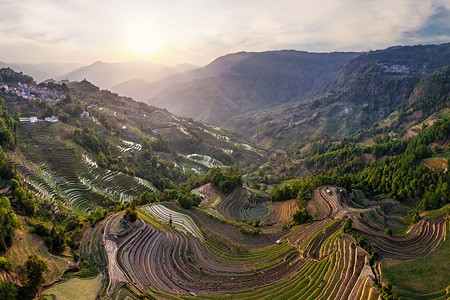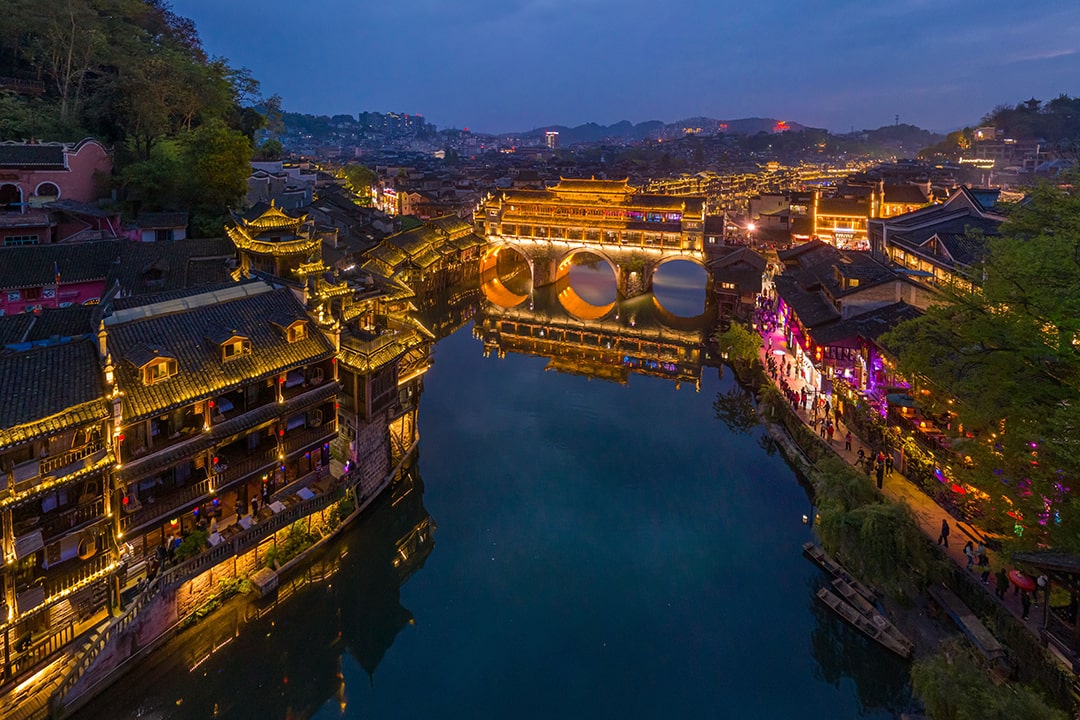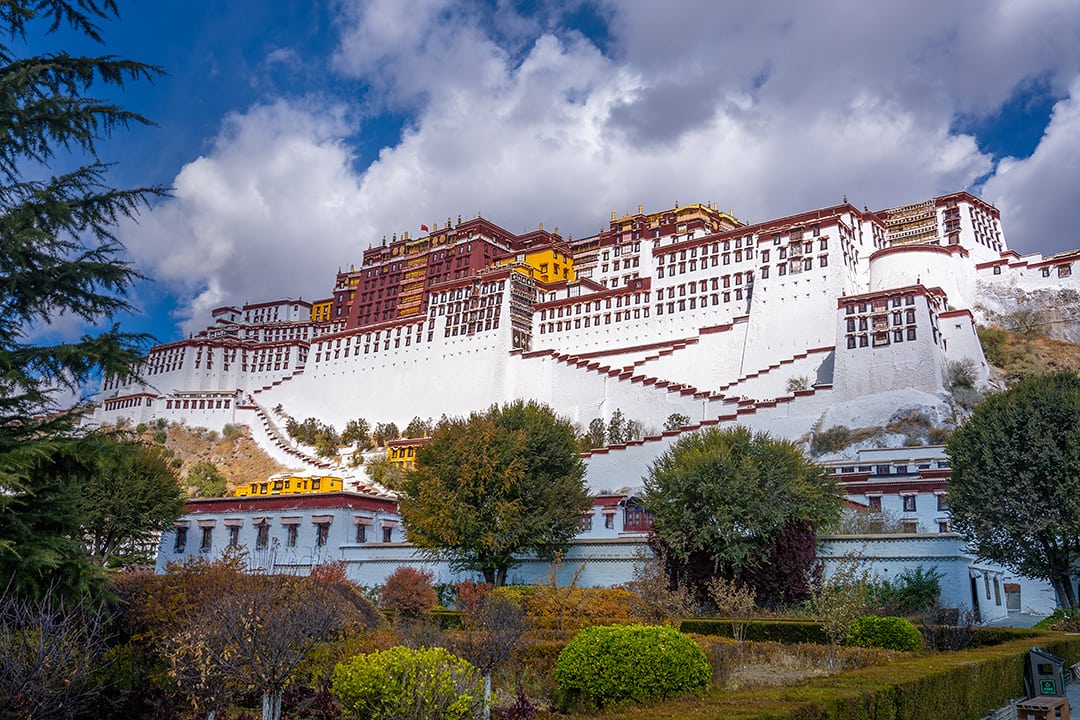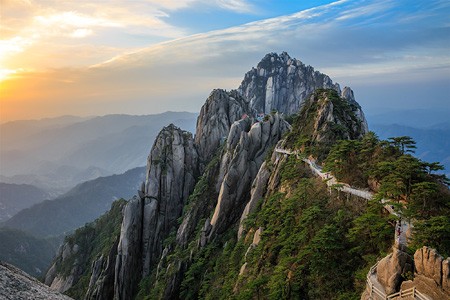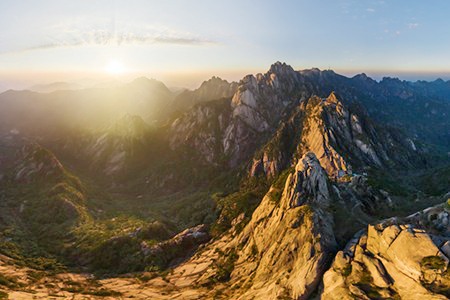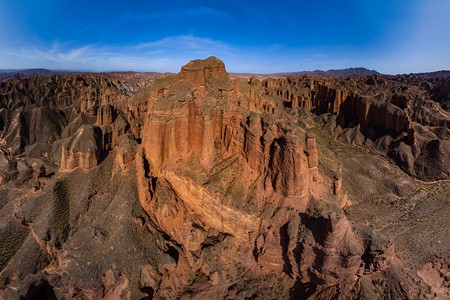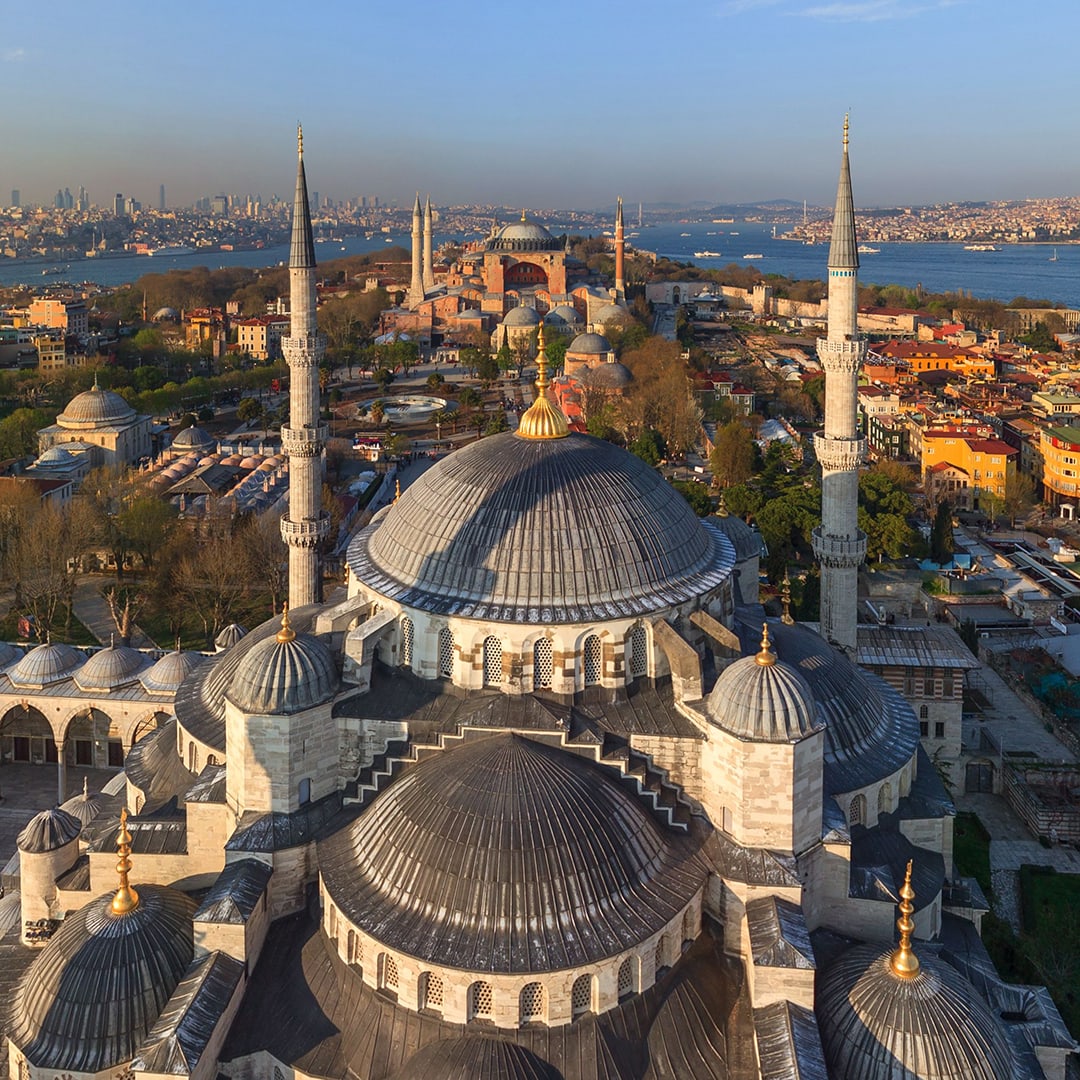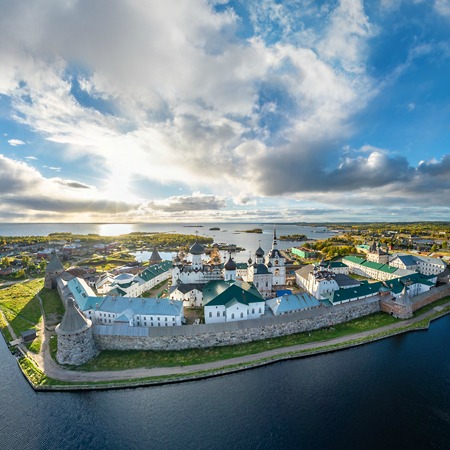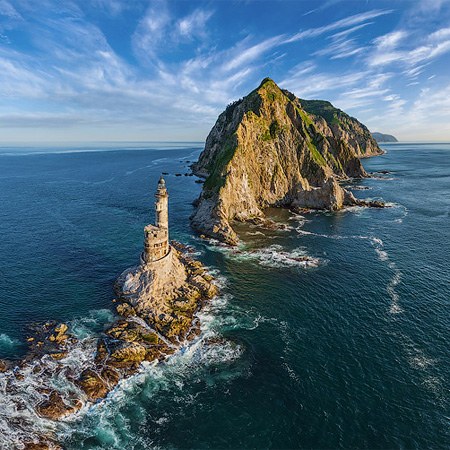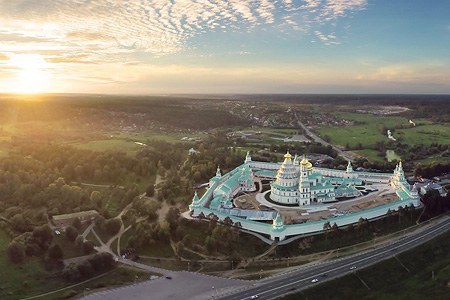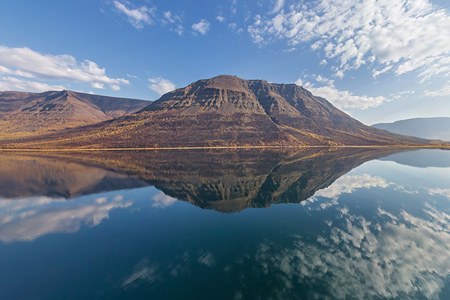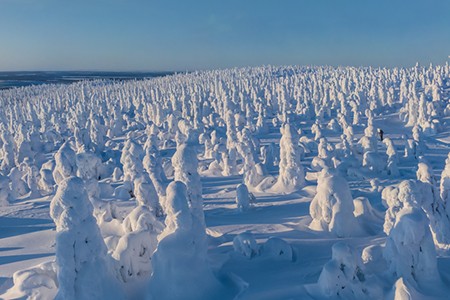Yuanyang Hani Rice Terraces, China
In the southwest part of China, sharing a border with Myanmar, Laos, and Vietnam, there lies Yunnan province. Mountains make up most of its territory (the maximum height is 6,740 meters). However, moving south, the mountain terrain gradually transforms into picturesque hills and valleys with fertile soil.
The weather in this part of China is warm and humid; the climate is similar to a tropical one, which makes agriculture the main occupation of the local people. And, they are very successful at it! High quality Chinese red tea, sugar cane, tobacco, and rice are cultivated here.

The tea is so uniquely delicious that it is named after the province where it's being grown — "Yunnan". However, the rice is what makes this place special and brings unparalleled world fame to the province. In addition to their practical agricultural use, rice terraces (fields that follow the shape of a hill) turned out to be a great attraction for everyone who can appreciate natural beauty. There are no words to describe this stunning picture, and we don't need to — you will see it for yourself though our panoramas. However, we would like to tell you how the cascading rice terraces were invented.

It is believed that in Asia, and in China in particular, people started to cultivate rice almost 8,000 years ago. Unlike flat marshlands, where it was very simple to plant seeds and harvest crops — peasants in the mountainous areas had to be inventive and modify the landscape to suit the agricultural needs. This is how the rice terraces were created in China as well as several other countries.

The terraces in Yunnan are located at an altitude of 200 — 2,000 meters above the sea level. They occupy a territory of over 20,000 square kilometers, tracing the contours of mountain slopes everywhere. The cascading steps were cut in the hill slopes one generation after another. This work required not only a lot of physical labor, but also precision: a slightest mistake could damage the fragile walls of the terrace and compromise an entire irrigation system, as well as cause leaching of precious red topsoil.

The rice planting starts in February and continues through March. By this time, spring mountain water fills up the terraced paddy fields. Rice ripens by September and so the harvesting begins. The landscape of rice terraces changes throughout the year, in accordance with the agricultural cycle.

Summer is the time of young green sprouts. Autumn brings wonderful gold and red colors to the hills. But the most beautiful time for the terraces is from November through April: cascading fields filled with spring water reflect the sunrays. One can see the sunrise, the sunset, and the clear blue sky reflected in thousands of little "mirrors". The variety of colors in combination with the glare of the sun creates a unique picture.

Despite its stunning beauty, Yunnan province does not suffer from mass tourism. The lack of a nearby airport, bad roads, and remote mountain ridges prevent a great number of people from coming here. However, this is exactly what helps preserve the pristine beauty of this landscape.
Photo and text by Stas Sedov and Dmitry Moiseenko
20.08.2014
Read more
Photogallery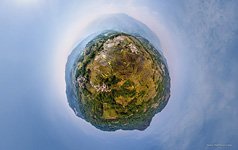 Yuanyang rice terraces #27
Yuanyang rice terraces #27
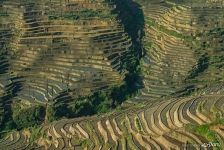 Rice Terraces
Rice Terraces
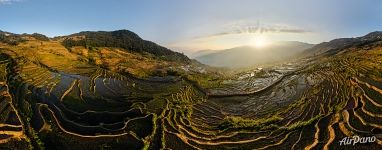 Samaba Terraces at dawn
Samaba Terraces at dawn
 Yuanyang rice terraces #24
Yuanyang rice terraces #24
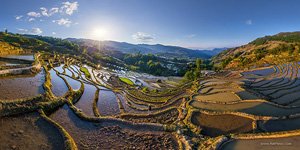 Yuanyang rice terraces #4
Yuanyang rice terraces #4
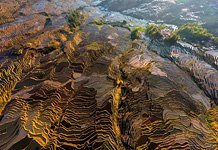 Yuanyang rice terraces #11
Yuanyang rice terraces #11
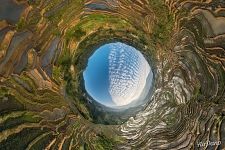 Twelve Dragon Spring
Twelve Dragon Spring
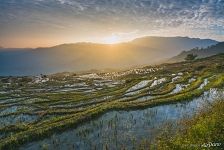 Rice Terraces
Rice Terraces
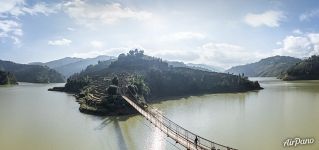 Guide Bridge
Guide Bridge
 Edie Reservoir
Edie Reservoir
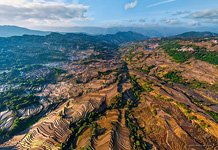 Yuanyang rice terraces #17
Yuanyang rice terraces #17
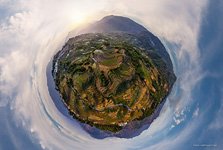 Yuanyang rice terraces #26
Yuanyang rice terraces #26



